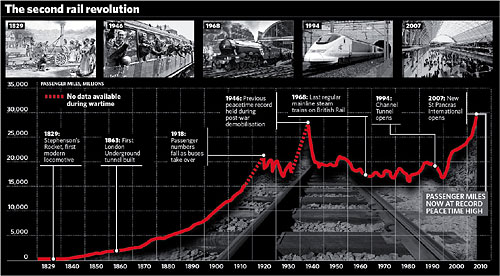In a September 2009 paper The Market for Smart Growth, market researchers at Robert Charles Lesser & Co. reported strong market demand for housing in new urban communities. In a number of U.S. cities, their consumer surveys found at least one-third of the market prefers new urbanism, transit-oriented development, and urban and suburban infill communities:
Proprietary consumer research conducted by Robert Charles Lesser & Co. LLC (RCLCo) in various U.S. real estate markets has consistently found that about a third of respondents, given the option, would seriously consider New Urbanist communities and housing products in selecting a new home. The majority of the RCLCo studies were conducted for builders and developers as input to planning new smart growth developments. … An examination of the survey evidence relative to consumer housing preferences in the context of demographic projections demonstrates that the size of the market for dense walkable communities is increasing. (emphasis added)

